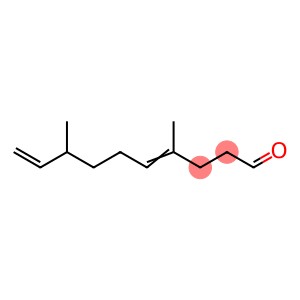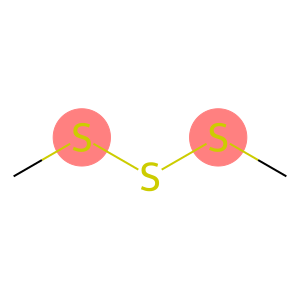Propyl acetate(CAS#109-60-4)
| Risk Codes | R11 – Highly Flammable R36 – Irritating to the eyes R66 – Repeated exposure may cause skin dryness or cracking R67 – Vapors may cause drowsiness and dizziness |
| Safety Description | S16 – Keep away from sources of ignition. S26 – In case of contact with eyes, rinse immediately with plenty of water and seek medical advice. S29 – Do not empty into drains. S33 – Take precautionary measures against static discharges. |
| UN IDs | UN 1276 3/PG 2 |
| WGK Germany | 1 |
| RTECS | AJ3675000 |
| TSCA | Yes |
| HS Code | 2915 39 00 |
| Hazard Note | Irritant/Highly Flammable |
| Hazard Class | 3 |
| Packing Group | II |
| Toxicity | LD50 in rats, mice (mg/kg): 9370, 8300 orally (Jenner) |
Introduction
Propyl acetate (also known as ethyl propionate) is an organic compound. The following is an introduction to the properties, uses, preparation methods and safety information of propyl acetate:
Quality:
- Appearance: Propyl acetate is a colorless liquid with a fruit-like odor.
- Solubility: Propyl acetate is soluble in alcohols, ethers and fatty solvents, and almost insoluble in water.
Use:
- Industrial uses: Propyl acetate can be used as a solvent and is commonly used in the manufacturing processes of coatings, varnishes, adhesives, fiberglass, resins, and plastics.
Method:
Propyl acetate is usually prepared by reacting ethanol and propionate with an acid catalyst. During the reaction, ethanol and propionate undergo esterification in the presence of an acid catalyst to form propyl acetate.
Safety Information:
- Propyl acetate is a flammable liquid and should be kept away from open flames and high temperature sources.
- Avoid inhaling propyl acetate gases or vapours as it may cause irritation to the respiratory tract and eyes.
- When handling propyl acetate, wear appropriate protective gloves, glasses, and protective clothing.
- Propyl acetate is toxic and should not be consumed in direct contact with skin or ingestion.








